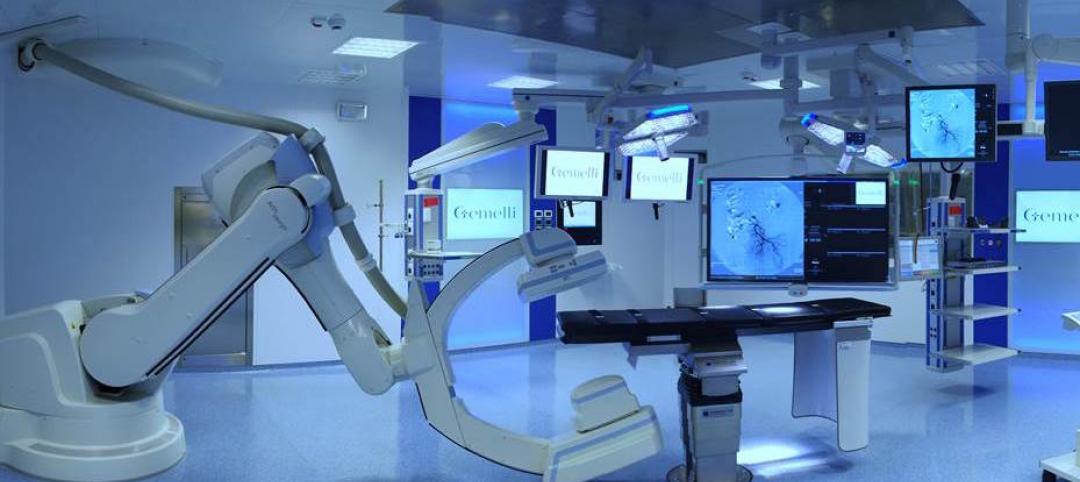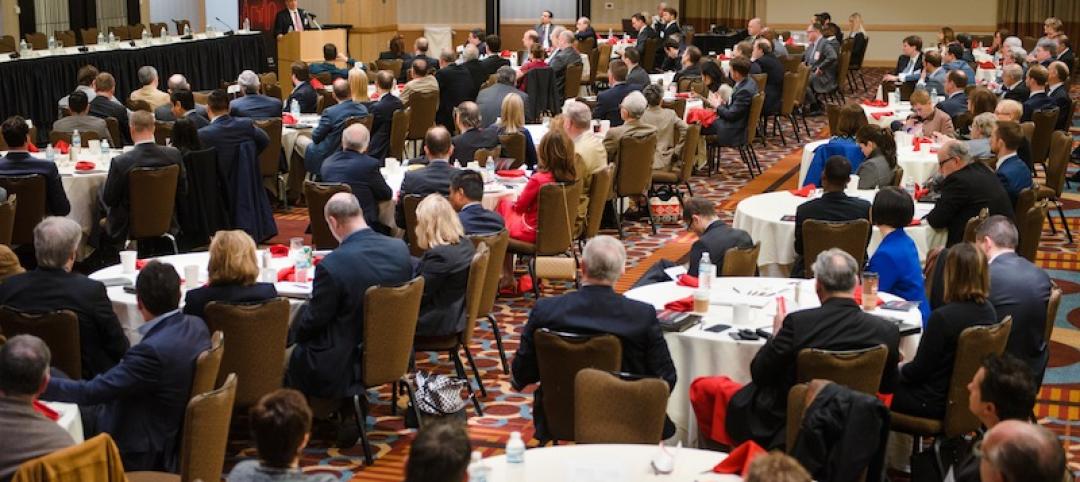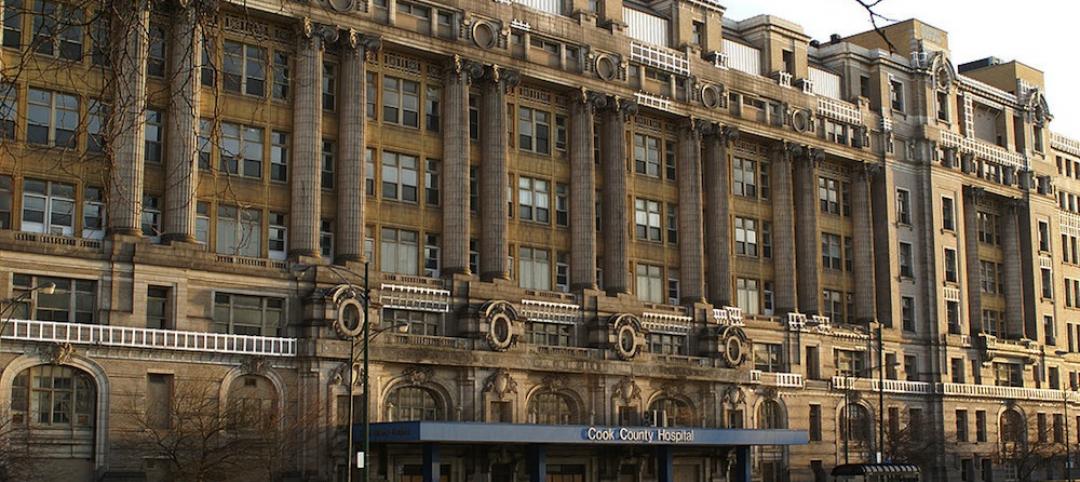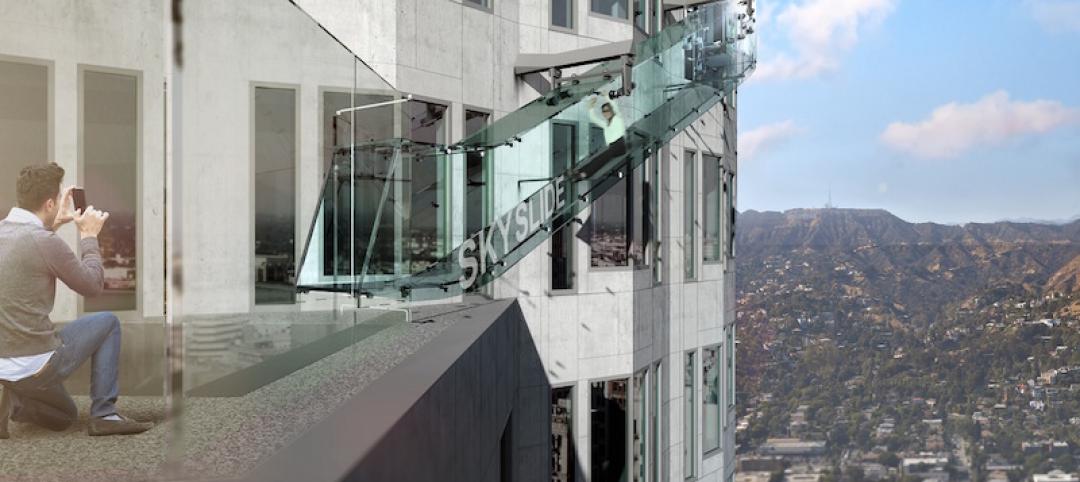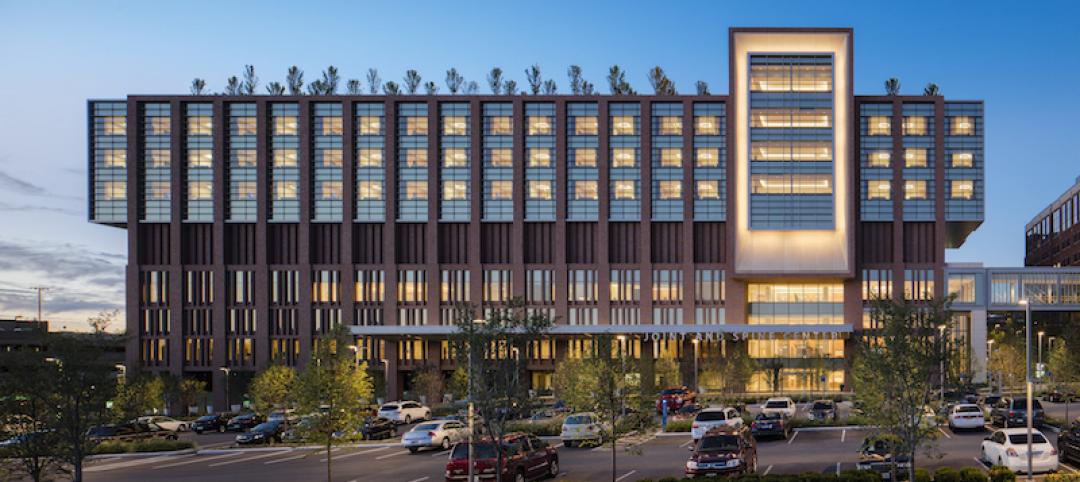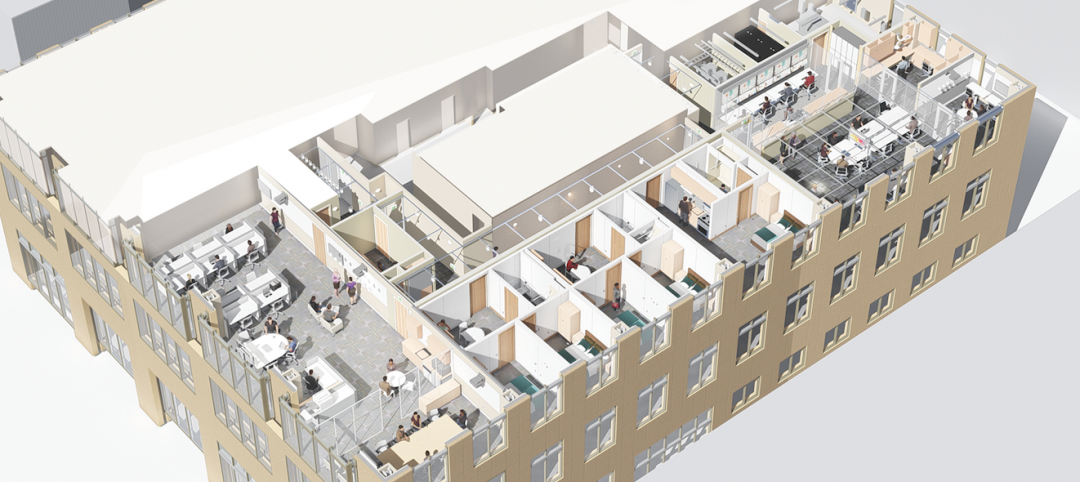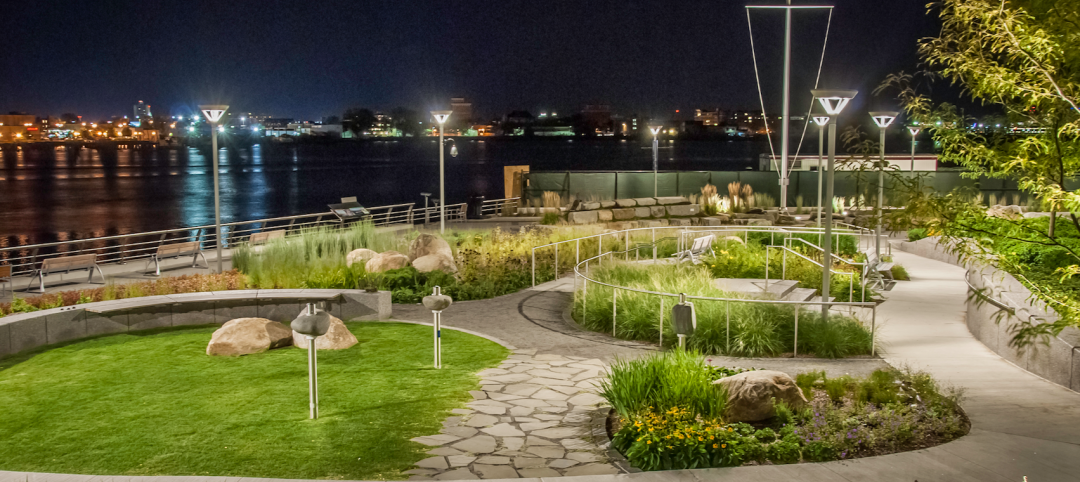After his initial tour of the dilapidated 1850s-era Battle House Hotel, Ron Blount, construction manager with Retirement Systems of Alabama, said to his boss: “You need a priest more than you need a contractor.” Those words were more prescient to RSA's restoration of the historic Mobile landmark than he could have known at the time.
In its glory days, Battle House Hotel, built in 1856, was frequented by Mobile's high society and visited by historical figures such as Jefferson Davis and presidential hopeful Stephen Douglas, who stayed at the hotel the night he lost the 1860 election to Abraham Lincoln. It was also the site of numerous high-society debutante balls and Mardi Gras celebrations.
The historic hotel, deeply cherished by the people of Mobile, twice survived raging fires, and its shell had to be rebuilt in 1908. But those trials were nothing compared to the wrath of five hurricanes and a tropical storm that struck during the building's recent reconstruction.
The restoration of the 278,000-sf, 238-room Battle House was part of a more wide-scale development that included the RSA Tower, a modern 35-story structure, and a parking garage. About a year after the project kicked off in 2004, the mightiest of the storms, Hurricane Katrina, roared through Mobile that fateful August of 2005, leaving much of the Gulf Coast city, including the construction site, under water. In the storm's wake, construction crews had to evacuate the site and work came to a halt.
When authorities gave the OK to return to the site, the Building Team found the entire basement and part of the first floor submerged. The roof and some windows suffered moderate damage. First-floor construction offices were partially flooded, office furniture was ruined, and important files were lost. Project managers spent the first two weeks after the storm working from the sidewalks of downtown Mobile while the building was dried out.
“Everywhere you looked, people were working to clean out the mess made by the flood,” said Deborah York Geiger, communications director with general contractor White-Spunner Construction, Mobile, Ala. “Restaurant owners in the area cooked what food they could and gave it away to the workers. There was no electricity in most places, and conditions were horrible, but everyone pulled together to get the project moving again.”
Diesel-powered pumps were brought in to pump out the water, and workers had to remove several feet of mud and silt. Equipment, materials, and manpower were in short supply or unavailable for the first 7-10 days following Katrina. Crews performed safety surveys and damage assessments in a frantic effort to re-establish the viability of the job site.
Once restarted, the project required almost five months to correct damaged work. Flooded conduits, controls, motors, electrical panels, metal studs and walls, saturated fireproofing of structural elements, and duct work—all had to be torn out and replaced.
Serious deterioration from excessive exposure to moisture at the base caused the west wall of the Crystal Ballroom to fail and lean. Plaster elements on this wall—some of the most decorative and thematically significant of this centerpiece room—were in danger of being lost. The Building Team stabilized the wall so that the plaster elements could be removed and stored, then constructed a new wall and returned the precious plaster elements to their place of honor.
The project required top craftsmanship and attention to period detail, including preserved mantles, refinished original herringbone wood floors, marble floors and stairways, decorative plaster, stained glass, and window casings. Skilled craftsmen capable of restoring these details are scarce enough under normal conditions, no less under the severe stress caused by Katrina. Stanton Glass, Waco, Texas, was brought in to restore stained glass elements.
During the demolition and stabilization of the interior finishes, project managers determined that significant original plaster elements could be saved, refurbished, and supplemented by carefully restabilizing the skeletal steel framework and support wires from behind. The plaster work proved to be extremely tedious, requiring patching wire penetrations in tight spaces; 40% of the original plaster was saved, which provided a further basis for replication of the plaster.
One plaster restorer with fond memories of the Battle House postponed retirement in order to work on the project. Richard DiStefano, who worked in the masonry trades for more than 50 years, originally was hired to work on the project's tile and marble—but that work was delayed, so instead of joining his wife in Florida and beginning his retirement, he passed the time by assisting with the plaster work. He even made some of his own molds for the intricate work.
At the same time that it was rebuilding the hotel, White-Spunner was working on the interiors of floors two to seven of the adjoining tower. These floors would serve as suites, meeting rooms, kitchen space, and a new grand ballroom for Battle House. All egress, sequencing of access activities, temporary and permanent utilities, and prime scheduling had to be coordinated through White-Spunner.
Six wall murals are under commission by the artist Pietro Angel Palladini for the Crystal Ballroom. They will depict significant historical events in Mobile's 300-year history.
Having endured Katrina and several other devastating storms, the people of Mobile got a boost from the project. Six hundred tickets for the grand opening gala in May sold out in two days, and hundreds showed up for the lighting of the tower spire. The next day, public tours of the grandly restored hotel attracted 5,000 rightfully proud citizens.
Related Stories
Great Solutions | Aug 23, 2016
11 great solutions for the commercial construction market
A roll-up emergency department, next-gen telemedicine center, and biophilic cooling pods are among the AEC industry’s clever ideas and novel innovations for 2016.
Big Data | May 27, 2016
Analytics alone won't save money for healthcare facility owners
Advanced technology provides insight into the actions necessary to cut costs, but it's the people, processes, and implementation that make a difference with analytics, writes CBRE's Paul Oswald.
Hospital Design Trends | May 19, 2016
CannonDesign releases new white paper on advancements in operating room environments
"Surgical Suites: Emerging Approaches to Planning and Design" offers solutions for collaboration and technology integration.
Healthcare Facilities | Apr 29, 2016
How improving emergency department design leads to greater hospital efficiency
Efficient ED operations result in shorter wait times, quicker diagnosis and care plans, maximum utilization of high-cost human and physical resources, and overall better patient experiences and patient satisfaction scores, writes CBRE Healthcare's Curtis Skolnick.
Healthcare Facilities | Apr 24, 2016
A symposium in New Jersey examines how a consolidating healthcare industry can better manage its excess real estate
As service providers position themselves closer to their communities, they are looking for ways to redirect non-core buildings and land for other purposes.
Adaptive Reuse | Apr 7, 2016
Redevelopment plan announced for Chicago’s historic Cook County Hospital
The century-old, Beaux Arts architecture-inspired hospital will transform into a mixed-use development.
High-rise Construction | Mar 3, 2016
LA's U.S. Bank Tower to build exterior glass slide leading from 70th to 69th floors
The glass slide, part of a $50 million renovation project, will stretch 45 feet along the exterior of the building.
Healthcare Facilities | Mar 1, 2016
Christ Hospital in Cincinnati brings its joint and spine care services under one roof
The opening coincides with agreements that make this center a preferred provider for several employers with self-funded healthcare plans.
Game Changers | Feb 5, 2016
Mayo Clinic's breakthrough research lab puts evidence-based design to the test
Mayo teams up with Delos to bring hard science to EBD research.
Great Solutions | Jan 19, 2016
Healing garden doubles as therapy trails
A Boston-area hospital takes the healing garden to the next level.




